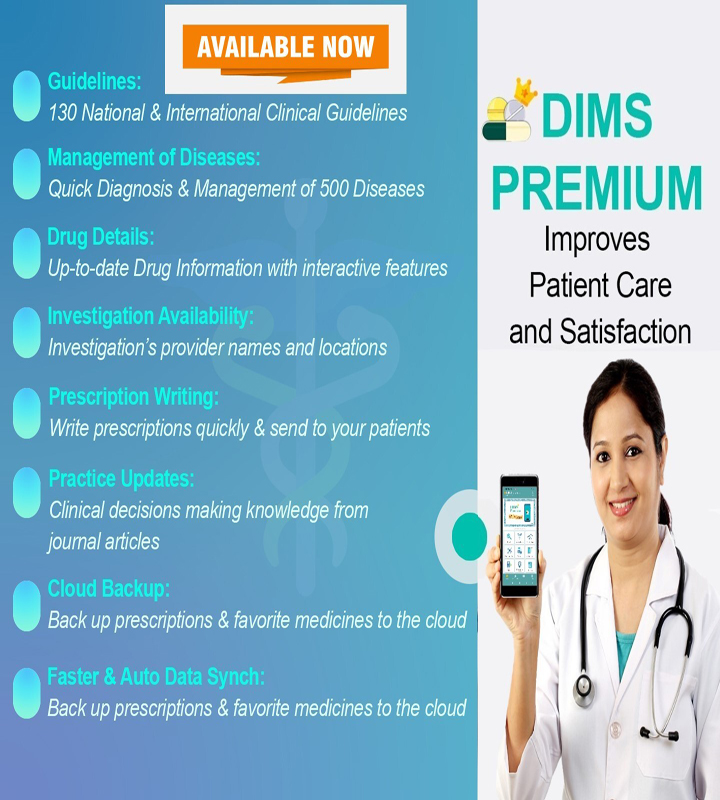Risks Associated With Topical Carbonic Anhydrase Inhibitor Use in Patients with Glaucoma and Chronic Kidney Disease
American Journal of Ophthalmology: Published May, 2023
Glaucoma is a disease characterized
by progressive deterioration of the optic nerve and retinal nerve fiber
layer (RNFL) defect with corresponding visual field changes.
Globally, both the prevalence of
chronic kidney disease (CKD) and glaucoma are rising rapidly. These 2 diseases
share a common mechanism of pathophysiology comprising renin−angiotensin system
(RAS) dysfunction and oxidative stress.
It is important that long-term
management of glaucoma coincide safely with CKD because the latter is a
lifelong, progressive disease also.
The relationship between long-term
use of glaucoma medications and patient morbidity or mortality is still being
debated. However, the question as to whether other topical medications have any
relation to systemic comorbidities remains intriguing and unresolved.
Topical dorzolamide or
brinzolamide, a carbonic anhydrase inhibitor (CAI), is frequently used as
treatment for reducing intraocular pressure (IOP) in glaucoma patients. Topical
CAIs were generally regarded as the safer drug form when compared to the oral
form.
TAKE-HOME MESSAGE
The study aim to investigate the
risks of metabolic acidosis and renal outcomes after topical carbonic anhydrase
inhibitor (CAI) uses in patients with both primary open-angle glaucoma (POAG)
and advanced chronic kidney disease (CKD).
Topical CAIs (dorzolamide or brinzolamide eye drops) may be associated with higher risks of long-term dialysis and metabolic acidosis in patients with POAG and pre-dialysis advanced CKD. Therefore, topical CAIs should be used with caution in advanced CKD patients.
CONCLUSIONS
Healthcare providers treating
patients with advanced CKD and glaucoma should consider alternatives to topical
carbonic anhydrase inhibitor (CAI) (dorzolamide or brinzolamide eye drops)
treatment.
In clinical practice, authors suggest
monitoring renal function and serum sodium bicarbonate levels periodically
after prescribing topical CAIs in advanced CKD patients.
Changing CAIs to other classes of
topical glaucoma medication, if applicable based on the patients’ clinical
status and severity, might correct CAI-associated complications in advanced CKD
patients.
Ophthalmologists, nephrologists,
and all physicians need to be aware of the risks of long-term CAI use in
advanced CKD patients to avoid metabolic acidosis and renal progression.
Doctors Liked to Read More
Purpose: To
investigate the risks of metabolic acidosis and renal outcomes after topical
carbonic anhydrase inhibitor (CAI) use in patients with both primary open-angle
glaucoma (POAG) and advanced chronic kidney disease (CKD).
Design: Nationwide,
population-based cohort study.
Methods: This study
was conducted with population data from Taiwan's National Health Insurance
(NHI) Research Database between January 2000 and June 2009. Patients with
advanced CKD who were diagnosed with glaucoma (International Classification of
Diseases, Ninth Revision [ICD-9] code 365) and had been receiving eye drops for
glaucoma (including carbonic anhydrase inhibitors selected by NHI drug code)
were enrolled. Using Kaplan-Meier methods, we compared the cumulative incidence
of mortality, long-term dialysis, and cumulative incidence of metabolic
acidosis over time between CAI users and CAI non-users. Primary outcomes
comprised mortality, renal outcome (progression to hemodialysis), and metabolic
acidosis.
Results: In this
cohort, topical CAI users had a higher incidence of long-term dialysis than
non-users. Hospital admissions due to metabolic acidosis were higher in CAI
users compared with non-users.
Conclusions: Topical CAIs may be associated with higher risks of long-term dialysis and metabolic acidosis in patients with POAG and pre-dialysis advanced CKD. Therefore, topical CAIs should be used with caution in advanced CKD patients.






Comments
You must login to write comment